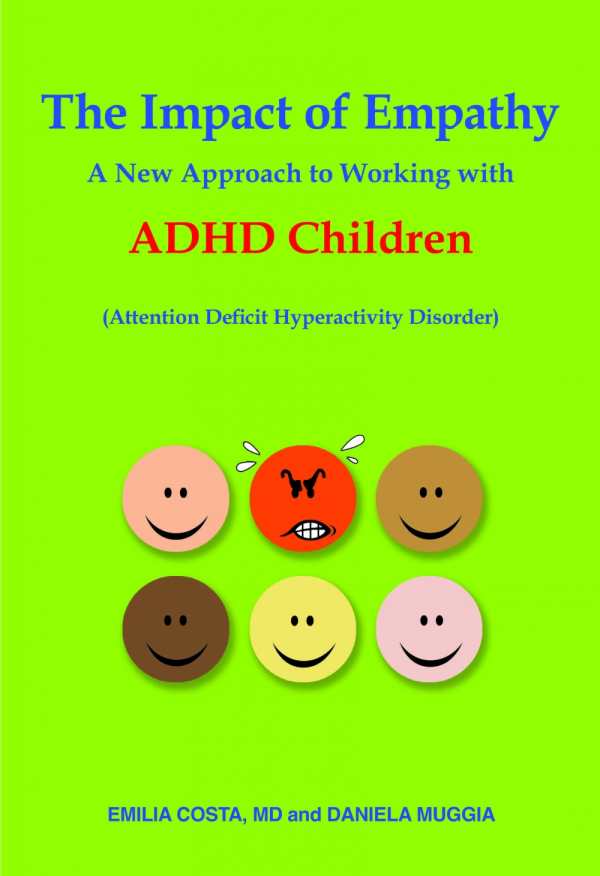
The Impact of Empathy
A New Approach to Working with ADHD Children
By employing an analysis of how empathy can improve the behavior of a child diagnosed with ADHD, these authors explore helpful teaching methods for the classroom and at home.
In The Impact of Empathy: A New Approach to Working with ADHD Children, coauthors Emilia Costa and Daniela Muggia address the topic of attention-deficit hyperactivity disorder in the context of adjusting group responses, incorporating meditation, and cultivating empathy instead of simply throwing pharmaceuticals at the child. By employing the Empathic Care at the End of Life model, they cultivate the idea that empathy is the most effective way to respond to children struggling with ADHD, giving them power to make changes, and giving others around them the power to support those changes without resorting to the use of medication.
According to the authors, “Pharmacological agents in fact induce behavioral changes, but they are not capable of teaching children how to make these changes on their own. The children are thus deprived of the essential learning experience of how to act autonomously and emphatically.” By working with the impacted child and the entire class, empathy and some behavior modifications will help everyone learn to function in many environments. The discussion of meditation will be beneficial to both parents and educators. The ultimate goal is to teach life skills, not just medicate children into passivity.
The bibliography is extensive and sorted by topic. Unfortunately, many of the web addresses that are offered are abbreviated. The authors acknowledge this in the introduction to the sources, but providing full addresses would have been more helpful.
While the information presented is intriguing, the book doesn’t get to the main topic of ADHD until a quarter of the way into this short book. The empathic principles are interesting, but some readers may be lost before they make it to the main event. Initially, the book slows because of translation and formatting issues. Also, the footnotes are in an extremely small font which makes it difficult to read the lengthier ones (some are over half a page long).
While there are some formatting and translating issues, much of this information will be valuable to an educator who is interested in incorporating these methods for all students, not just those who struggle with ADHD.
Reviewed by
Lynn Evarts
Disclosure: This article is not an endorsement, but a review. The publisher of this book provided free copies of the book to have their book reviewed by a professional reviewer. No fee was paid by the publisher for this review. Foreword Reviews only recommends books that we love. Foreword Magazine, Inc. is disclosing this in accordance with the Federal Trade Commission’s 16 CFR, Part 255.
